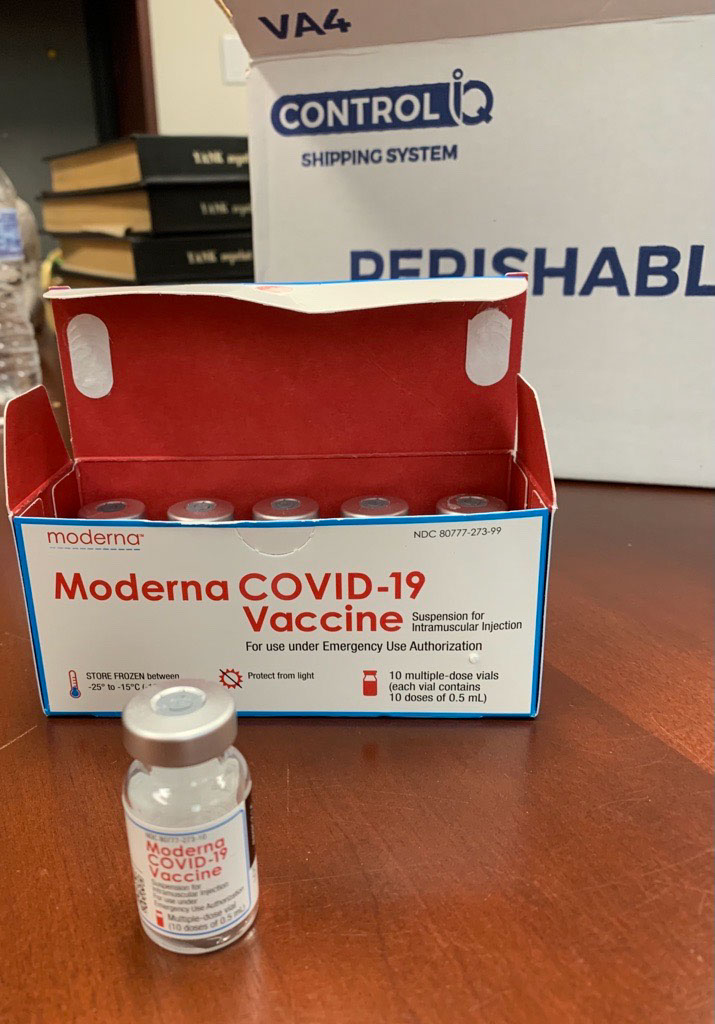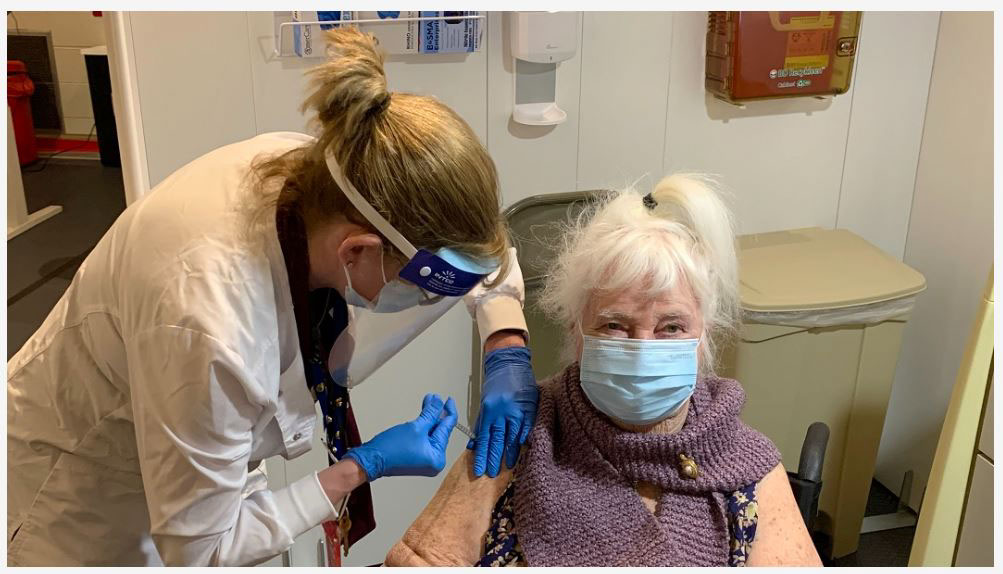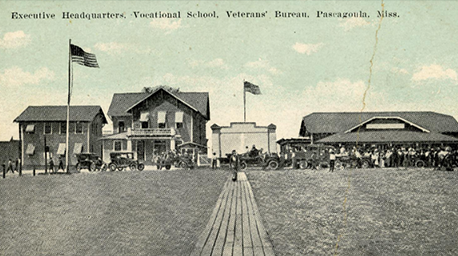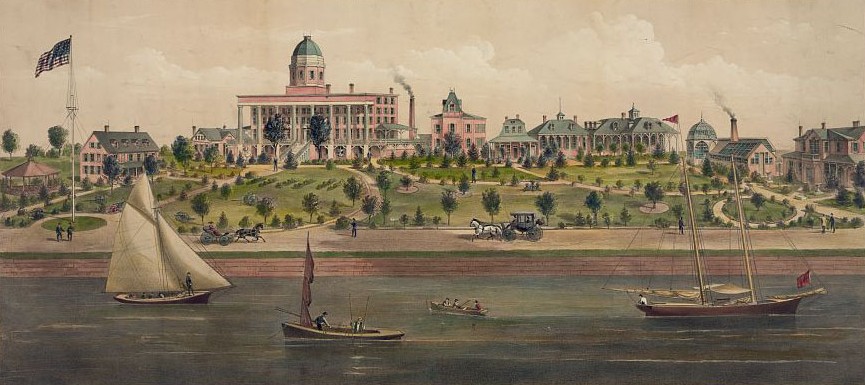
On December 11, 2020, the U.S. government authorized the emergency use of the first COVID-19 vaccine. Three days later, Margaret Klassens, a 96-year-old World War II Veteran in Massachusetts, became the first VA patient in the country to get the shot. The moment marked both a culmination and a turning point in the fight against COVID 19.
VA began preparing for this day in August 2020 when it assembled a COVID-19 Vaccine Integrated Project Team to plan for the vaccine’s distribution. In the months that followed, the agency coordinated the vaccinations of Veterans and staff, launched a campaign to combat vaccine hesitancy, and treated the waves of patients brought into VA medical facilities infected with the virus or its variants. VA also answered the government’s call to assist with the vaccination of the wider U.S. population under its “Fourth Mission.”
VA is responsible for performing three basic missions: delivering benefits, providing health care, and offering burial services to Veterans. In 1982, however, Congress added a fourth mission when it passed the Health Resources Sharing and Emergency Operation Act. Under the terms of this law, VA can furnish medical and hospital care to the public during times of natural disaster or national emergency. President Donald Trump declared a state of emergency at the outset of the COVID-19 pandemic in March 2020, and, in doing so, activated VA’s fourth mission. VA responded by supplying more than a million pieces of personal protective equipment to essential workers, admitting hundreds of seriously ill patients who were not Veterans to VA hospitals, and dispatching medical personnel to augment the staffs of state Veteran homes, community nursing homes, and other state and local facilities. Once vaccines became available, VA joined the nationwide mass vaccination campaign and delivered vaccines to people in communities across the nation and to employees at other Federal agencies. All-told, as of April 29, 2022, VA vaccinated over four million Veterans and nearly one hundred thousand non-Veterans.
In an appearance at the Disabled American Veterans national conference in 2021, VA Secretary Denis McDonough emphasized the agency’s commitment to its fourth mission. “We’re very proud of our Fourth Mission work. That has included vaccinating our federal partners, vaccinating additional health care providers, supplementing health care providers at facilities that have taken a particularly bad turn as it relates to COVID-19,” he stated. “All those things are things that we have done and will continue to do. We stand ready to help all of our partners, state, local and federal, to make sure that we get through this.”

The COVID-19 vaccine vial pictured at the top of this entry is from the box of Moderna vaccines used to give shots to Veterans at the VA Medical Center in Dayton, Ohio. Each vial contained ten doses of the vaccine. These items are part of the VA History Office’s COVID-19 collection housed on the Dayton campus. The collection includes other artifacts, ephemera, documents, and oral history interviews that were acquired during the pandemic from offices and individuals across VA. To view more artifacts from the collection, visit VA History’s COVID-19 virtual exhibit.
By Katie Rories
Historian, Veterans Health Administration
Share this story
Related Stories

History of VA in 100 Objects
Object 96: Postcard of Veterans Vocational School
In 1918, the government created the first nationwide vocational training system to help disabled Veterans acquire new occupational skills and find meaningful work. Over the next 10 years, more than 100,000 Veterans completed training programs in every field from agriculture and manufacturing to business and photography.

History of VA in 100 Objects
Object 95: 1840 Census of Pensioners
In a first, the 1840 census collected data on Veterans and widows receiving a pension from the federal government. The government published its findings in a stand-alone volume titled “A Census of Pensioners for Revolutionary or Military Services.”

History of VA in 100 Objects
Object 94: Southern Branch of the National Home
The Southern Branch of the National Home for Disabled Volunteer Soldiers opened in Hampton, Virginia, in late 1870. The circumstances surrounding the purchase of the property, however, prompted an investigation into the first president of the National Home’s Board of Managers, Benjamin Butler.


